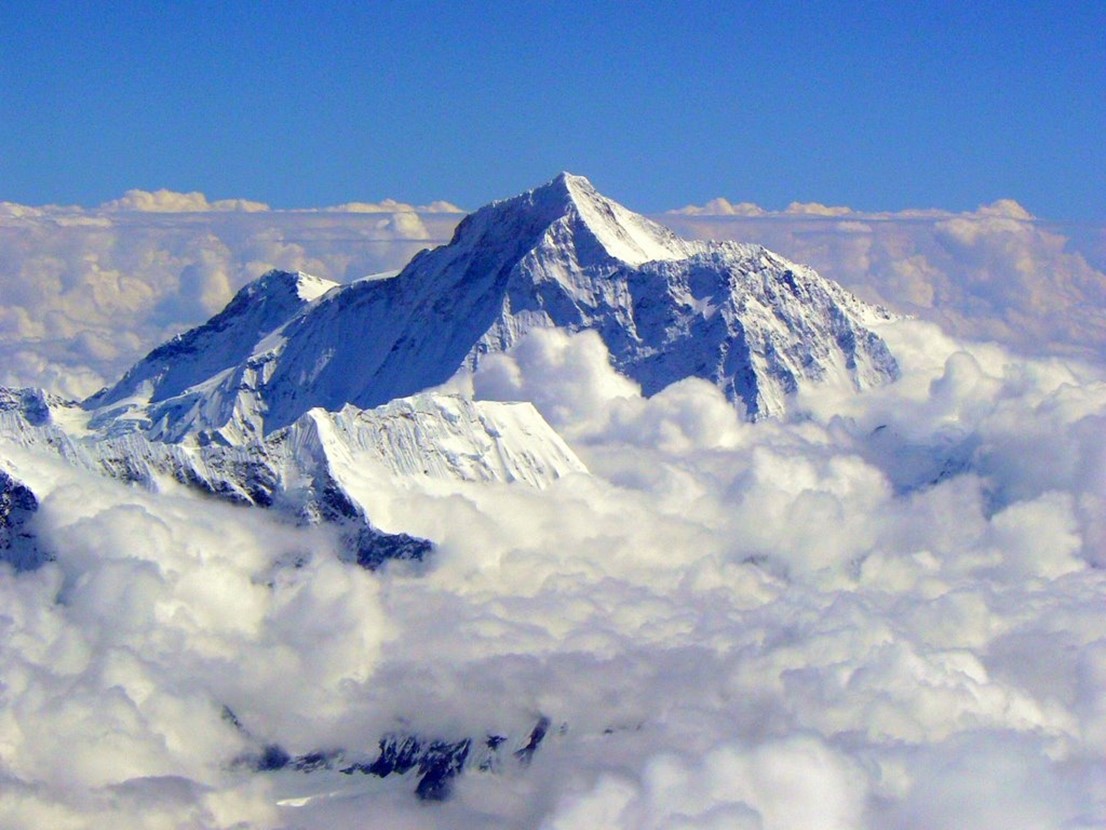The Highest Graveyard In The World
September 16, 2012 in Daily Bulletin

Every year as individuals climb Mount Everest they pass by the bodies of those who recently perished attempting the same journey. Grayson Schaffer gave insights about the world’s highest graveyard:
- In Mount Everest’s 2012 spring season, ten people died, making it the third deadliest spring for Everest.
- Deaths have continued because companies have sprung up that are willing to offer to take anybody to the top of Everest – as long as they’re willing to pay the fees – even if they have absolutely no experience climbing mountains.
- Some of these companies have realized that instead of employing foreigners as guides they can simply employ local Sherpas. These people live in Nepal and don’t require permits to climb – saving tens of thousands of dollars.
- Yet not only are the Sherpas often not qualified to guide; there is also often a culture clash. A good guide needs to be willing to take charge and tell people if they need to turn back. Westerners are good at this while Sherpas are more deferential, being in the habit of listening to the client, especially after the client has paid thousands of dollars to be on the climb.
- While the Nepalese government should mandate that only experienced climbers can receive a permit, the profits that come in are too lucrative for them to act.
- Sophisticated weather forecasting techniques now tell climbers when the weather will be good, making it safe to climb. This has introduced its own hazards as people all try to climb at the same time, creating long lines on the mountain.
- There is a strong blogging culture at the base camp where bloggers might report the death of a climber even before the families find out.
The entire article is fascinating and goes over the stories of people who’ve been forced to walk past as other climbers perish, and some of the foolhardy decisions that people have made. You can find it here.
Source: Outside
Join the Discussion! (No Signup Required)